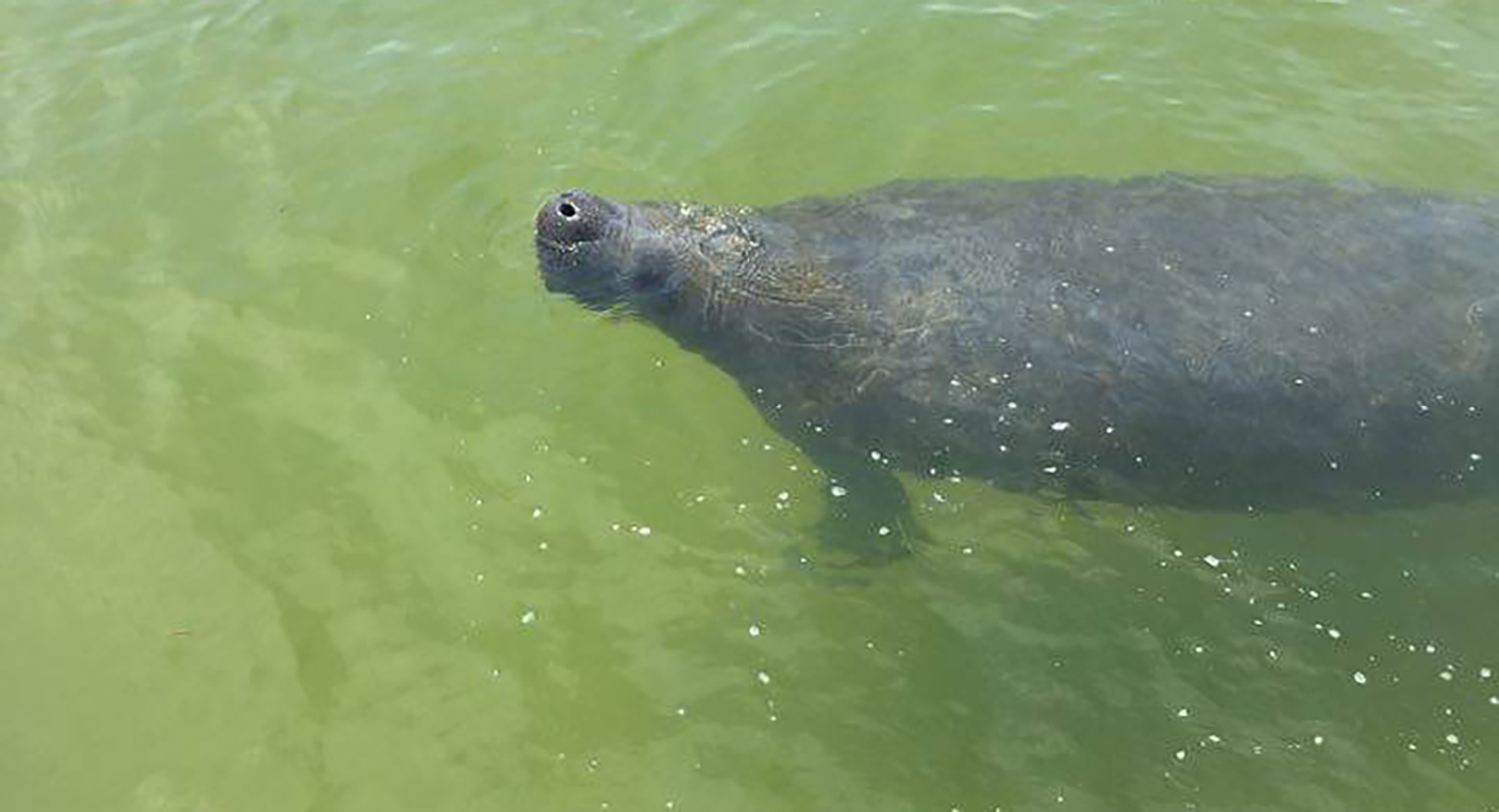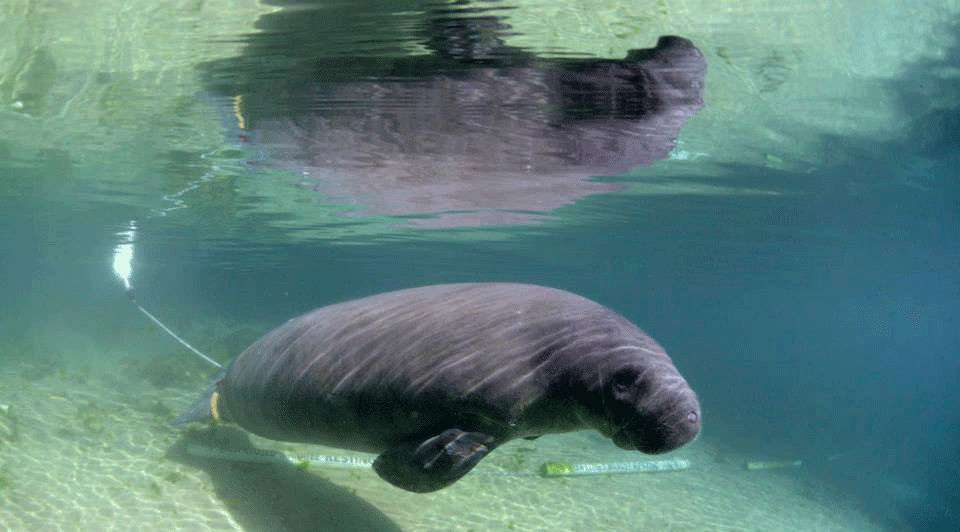Population Ecology of West Indian manatees in Alabama waters
Project Leader: Dr. Ruth Carmichael
Project Details
This suite of projects includes operation of the DISL’s Manatees Sighting Network, photo-identification, aerial and ground surveys, tagging and tracking manatee movements, habitat and food resource characterization (application of stable isotope techniques), analysis of population data and comparison to habitat and food supply data. We are particularly interested in the function of manatees in the northern Gulf of Mexico (nGoM), outside of Florida as sentinel species to detect and predict ecosystem level responses to environmental change, including how climate change may affect habitat and food resources while simultaneously promoting habitat or range re-expansion.
The DISL’s Manatees Sighting Network (MSN) is the first network dedicated to collecting, mapping and tracking manatee movements in the nGOM outside Florida. In September 2009, MSN and collaborators made history by tagging a manatee for the first time in Alabama waters. To-date DISL researchers have tagged 8 manatees in Alabama waters, the 3-5 animals tagged at any time typically represent 20-25% of the total tagged manatee population in the U.S.
Project outputs will comprehensively define manatee habitat in the nGOM, predict how future environmental changes are likely to alter habitat and manatee movements, and enable policies to sustain habitat and promote conservation into the future. Specifically, data will inform stakeholders about when and where to expect to find manatees, provide guidance for public notification, help identify recovery priorities with the U.S. Fish & Wildlife Service (USFWS), contribute to policy documents, and reduce the likelihood of strandings or conflicts between manatees and people.
This has received funding from the Alabama Division of Wildlife and Freshwater Fisheries, U.S. Fish and Wildlife Service and Mobile Bay National Estuary Program, is a collaboration between Dauphin Island Sea lab, Sea to Shore Alliance, and researchers at SeaWorld Orland, University of Florida, Florida Fish and Wildlife Conservation Commission, and the USGS Sirenia Project.
For more information and to report a sighting, please visit manatee.disl.org.
Project Gallery

